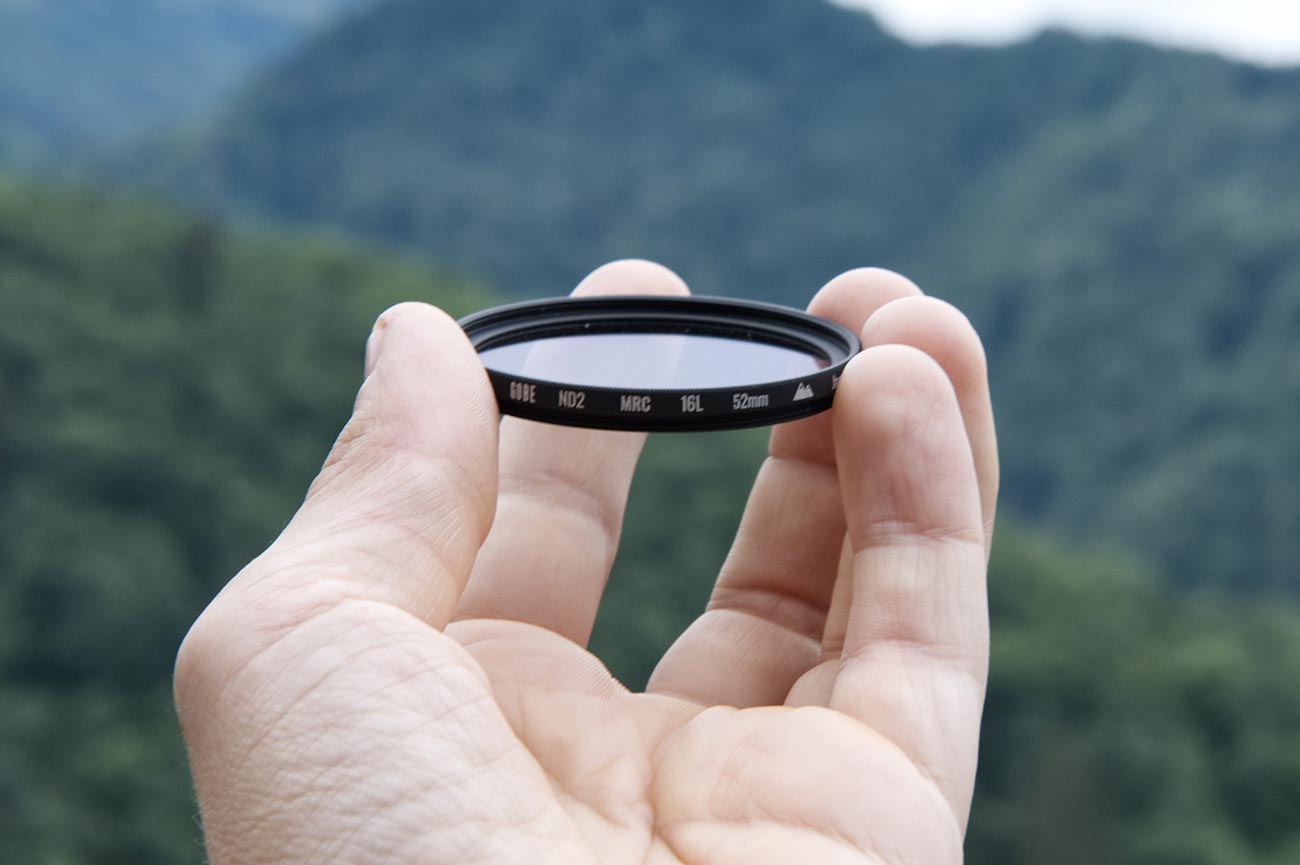Camera Lens Filters

Photo by Christian Fregnan
Camera lens filters have many uses in film photography to obtain varied results, including a reduction of glare, filter UV rays, improve saturation, and more. Each filter performs a unique function and can be helpful in difficult situations, or where a slightly enhanced look is needed. There are literally hundreds of filters to choose from and this article aims to familiarize the photographer with a selection of filters that are commonly used or needed.
Polarizer Filters: Polarizer filters are commonly used to improve saturation, typically for skies or water, and also assist in reducing glare.
Neutral Density (ND) Filter: Neutral density filters extends exposure time by evenly blocking some light from the lens. This filter is most helpful when long exposures are not attainable in brightly lit areas.
UV / Haze Filters: These lens filters protect the lens from harmful UV rays and does offer some improvement in clarity. Because this filter is clear it is commonly used for added lens protection.
Choosing a Filter Size
There are two main varieties of lens filters: front filters and screw-on filters. Front filters are much more flexible because they can be used for any size camera. However, the big downside is that the filter must be manually held against the lens, making it less ideal in many situations. Screw-on filters are threaded to be mounted directly to the front of the film camera lens. Of course, the big disadvantage with the screw-on lens filters is that they will only fit a specific size lens and may not be suitable in the event that you use multiple cameras or lenses. The size of a screw-on filter must correspond with the diameter of you camera lens. Typically, the lens diameter is listed on the top or front of the camera lens, so you can always check that to find the right sizing.
Exposure Settings with Filters
Many of the common filters will block some light from your film camera lens. A light meter reading from a handheld light meter may give a different reading than a camera light meter with the filter mounted. When using lens filters, it would be advised for beginners to mount the filter to their lens and then take a light reading from the camera’s built-in light meter.

















